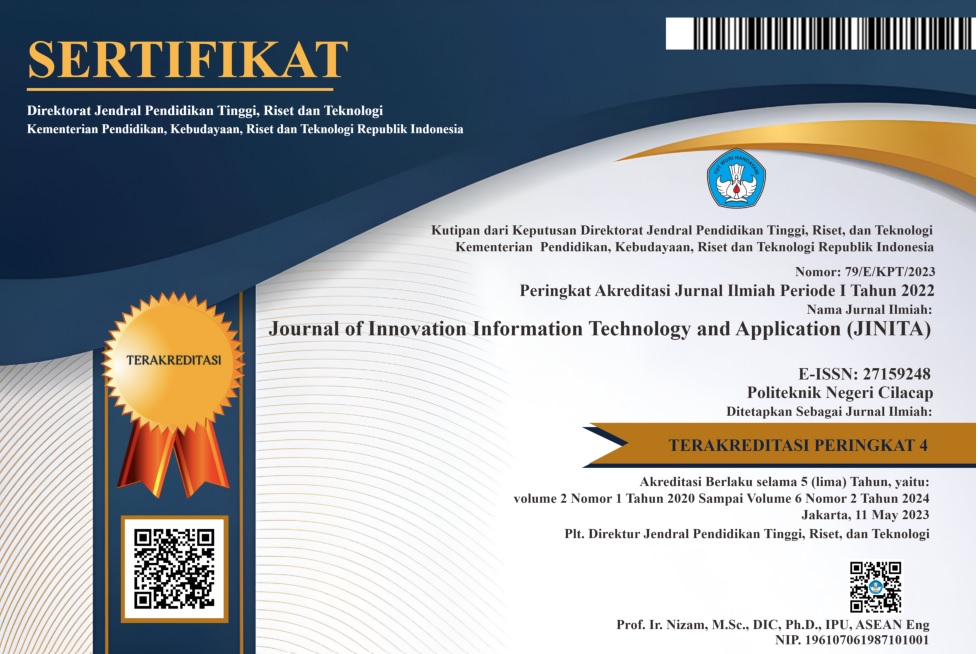Transformasi Ruang 3D Pada Animasi Expresi Wajah Avatar Berbasis Radial Basis Function
 Abstract views: 156
,
Abstract views: 156
,
 PDF (Bahasa Indonesia) downloads: 159
PDF (Bahasa Indonesia) downloads: 159
Abstract
One technique for forming facial animations on avatars is by reusing existing animations, either from other avatar animations or animations from motion data obtained using facial motion capture. This research focuses on the transformation of 3D space for the formation of facial animations on avatars in games or animated films. The transformation is carried out from motion capture data into a 3D avatar face model with 3 face models, namely the human face model, the swan face model and the anoman face model. The motion capture data is transferred according to the feature points of the face model. The results obtained by the facial model feature points will have animations that match the motion capture data. Of the 3 target face models used, the animation results with registration on the human face model have an average standard deviation is 0,0510. The goose face model has an average standard deviation is 0.0034 and the anoman face model has an average standard deviation is 0,0024. With this technique, it is hoped that the formation of facial expression animation on Avatar can be done more quickly because of the reuse of facial motion capture data.
Copyright (c) 2021 Journal of Innovation Information Technology and Application (JINITA)

This work is licensed under a Creative Commons Attribution 4.0 International License.
Authors who publish with this journal agree to the following terms:
- Authors retain copyright and grant the journal right of first publication with the work simultaneously licensed under a Creative Commons Attribution License that allows others to share the work with an acknowledgement of the work's authorship and initial publication in this journal.
- Authors are able to enter into separate, additional contractual arrangements for the non-exclusive distribution of the journal's published version of the work (e.g., post it to an institutional repository or publish it in a book), with an acknowledgement of its initial publication in this journal.
- Authors are permitted and encouraged to post their work online (e.g., in institutional repositories or on their website) prior to and during the submission process, as it can lead to productive exchanges, as well as earlier and greater citation of published work (See The Effect of Open Access).
















